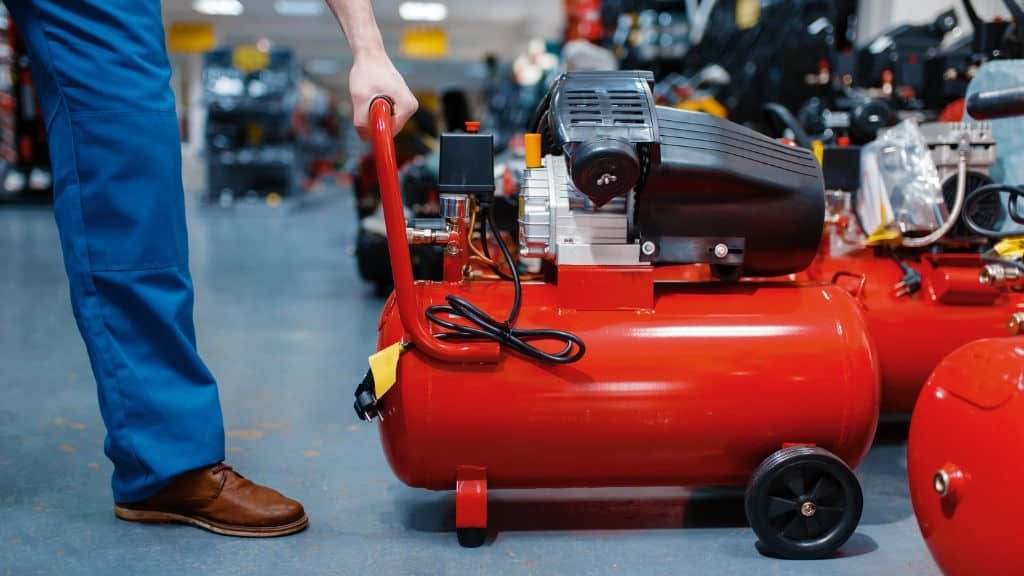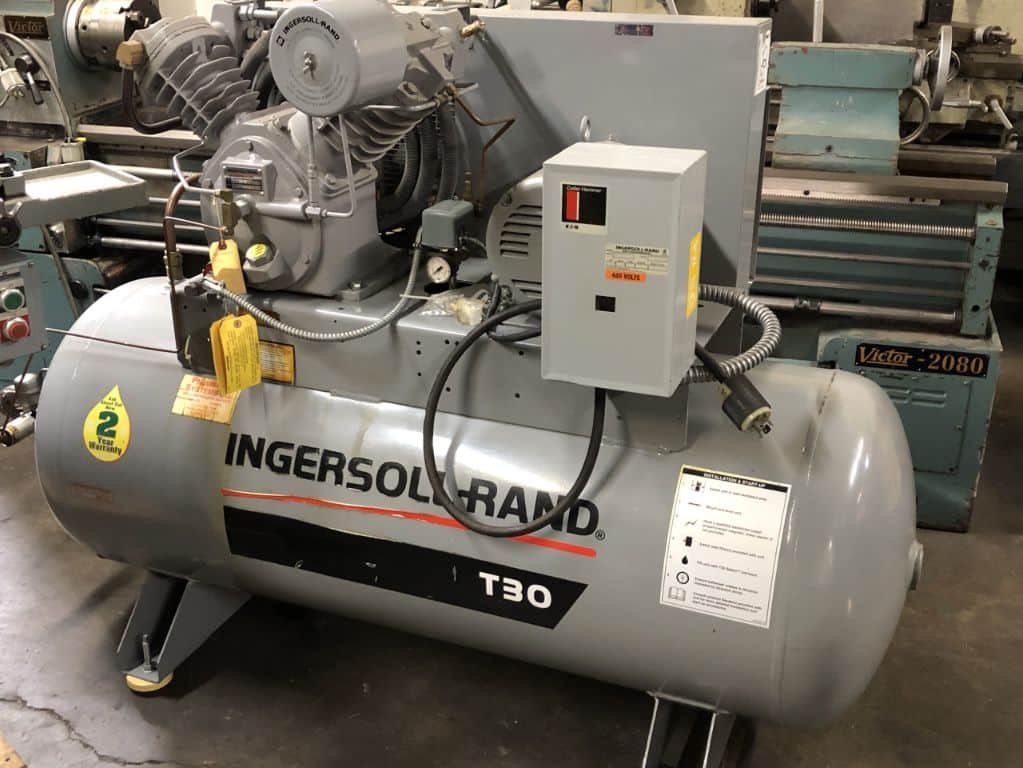Air compressor pump safety valves play a critical role in ensuring the safe operation of your air compressor. However, issues can arise that may prevent these valves from functioning correctly. This article will guide you through the process of troubleshooting these issues, helping you maintain the safety and efficiency of your air compressor.
Understanding the Importance of Safety Valves
Safety valves are designed to prevent overpressure in your air compressor. If a piece of granite countertop is holding down your safety valve, it’s a big safety no-no. The safety valve is there for a reason and it’s not recommended to remove it or hold it down with any item.
What to Do When the Safety Valve “Pops”
If the safety valve “pops”, it’s best to replace the safety valve, inspect or replace the check valve, and inspect or replace the compressor’s first and second stage valves.
Recognizing Signs of Overuse
Discoloration on the discharge pipe of the compressor pump could indicate that the pump is reaching the upper end of its duty cycle. This might mean it’s time to replace it with a larger compressor pump or a new rotary screw air compressor, which can operate at 100% duty versus a piston pump rated at 60%.
Tips for Keeping a Compressor Pump Running
To keep your compressor pump running smoothly, size the pump correctly, change the compressor oil frequently, keep the inlet filters clean, drain the tank weekly or install a tank drain, and keep the compressor pump clean.
Conclusion
Maintaining the safety and efficiency of your air compressor is crucial for the smooth operation of your business. By understanding how to troubleshoot issues with air compressor pump safety valves, you can ensure your compressor continues to operate safely and efficiently.
FAQs
- What is the function of a safety valve in an air compressor? The safety valve prevents overpressure in your air compressor.
- What should I do if the safety valve “pops”? It’s best to replace the safety valve, inspect or replace the check valve, and inspect or replace the compressor’s first and second stage valves.
- What does discoloration on the discharge pipe of the compressor pump indicate? Discoloration could indicate that the pump is reaching the upper end of its duty cycle.
- What are some tips for keeping a compressor pump running smoothly? Size the pump correctly, change the compressor oil frequently, keep the inlet filters clean, drain the tank weekly or install a tank drain, and keep the compressor pump clean.
- What is the difference between a piston pump and a rotary screw air compressor? A piston pump is rated at 60% duty and requires a “time out” to cool between cycles, while a rotary screw air compressor can operate at 100% duty.




